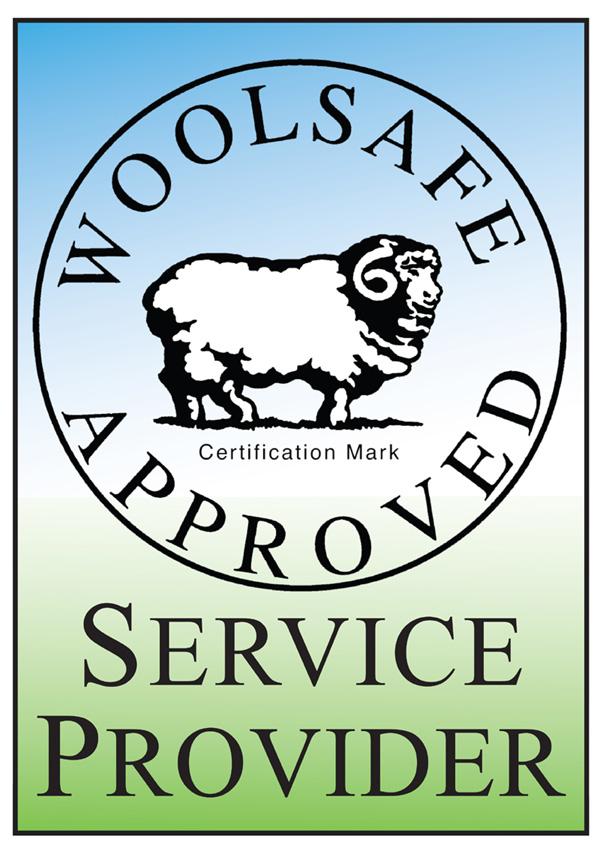HISTORY OF ORIENTAL RUGS
What Defines an Oriental Rug?
By strict definition, Oriental rugs are handcrafted carpets originating from the "Orient"—a region encompassing Asia and other Eastern territories. Major producers include Iran, China, India, Russia, Turkey, Pakistan, Tibet, and Nepal. Persian rugs, a subset of Oriental rugs, are exclusively made in Iran (formerly Persia) and are distinguished by their exceptionally thick pile (up to 160 knots per square inch), vibrant color palettes, unique designs, and distinctive Persian knot.
Persian carpets are celebrated for their diverse designs, rich colors, and varying sizes, each reflecting the individual artistry of the weaver. Typically named after their place of origin—whether a village, town, or tribal region—these rugs are one-of-a-kind masterpieces, crafted through labor-intensive handweaving techniques.
The Rich History of Oriental Rugs
The art of carpet weaving in Iran dates back to ancient times, with evidence suggesting its origins trace to the Achaemenid period (500 B.C.), as seen in the iconic Pazyryk carpet. The earliest documented references to Persian carpets appear in Chinese texts from the Sassanid era (224–641 CE).
Historical accounts describe the opulent carpets adorning the Achaemenian court of Cyrus the Great at Pasargade, so magnificent that they left Alexander the Great in awe. The advanced weaving techniques evident in the Pazyryk carpet—believed to be produced in an Achaemenid workshop rather than by nomads—highlight a long-standing tradition of mastery. By the sixth century, Persian wool and silk carpets were revered across the Middle East for their unparalleled craftsmanship and luminous hues.
The Construction of an Oriental Rug
Dyes
Traditional Oriental rugs use natural dyes derived from plants and insects, such as indigo, madder, oak, sumac, pomegranate, cochineal, and larkspur. Before synthetic dyes emerged in the 1870s, these were the sole coloring agents. Natural dyes develop a gentle patina over time, enhancing the rug’s beauty and desirability.
Weaves and Knots
While knot density (knots per square inch) is a common indicator of quality, it’s not the sole determinant. Factors like design, dye quality, materials, and personal appreciation also play a role. Here’s how to assess knot density:
- Counting Knots: Multiply the number of knots per linear inch along the warp (length) by the number along the weft (width).
- Interpreting Knots: If colored elements on the rug’s back appear in pairs, count each pair as one knot. Single elements indicate offset warps, where each should be counted individually.
- Regional Variations: Turkish, Afghan, and Iranian rugs (including Pakistani Bokharas) often display both knot elements on the back, while Indian and Chinese rugs typically show only one due to strongly offset warps.





 g Repair
g Repair